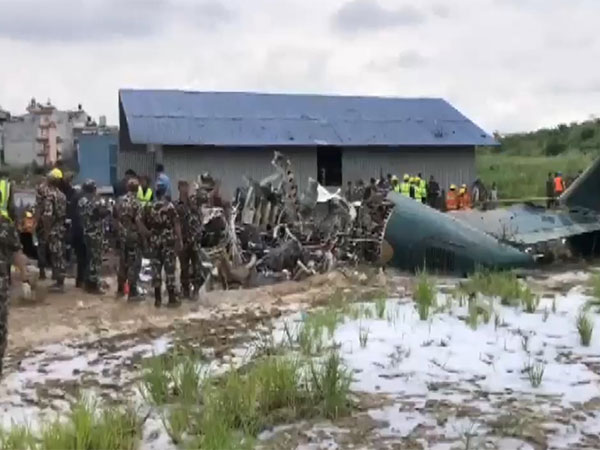Technical and Manual Errors Led to Deadly Saurya Airlines Crash in Nepal
The investigation into the July 2024 Saurya Airlines crash in Kathmandu unveiled technical and manual oversights, including improper weight management and incorrect takeoff speeds, as primary causes. The Aircraft Accident Investigation Commission cited regulatory lapses and poor cargo securement as contributing factors to the crash that sadly claimed 18 lives.

- Country:
- Nepal
An investigation into the fatal July 24, 2024, Saurya Airlines crash in Kathmandu, Nepal, unveiled a series of technical and manual errors that led to the tragedy claiming 18 lives. The Aircraft Accident Investigation Commission (AAIC), in its Friday report, highlighted critical lapses including mismanagement of weight and balance, incorrect takeoff speeds, and regulatory oversight failures that contributed to the crash of the Bombardier CRJ-200 aircraft, registered as 9N-AME.
The report identified improper cargo securement as a major factor, suggesting that unrestrained cargo may have shifted during takeoff. Incorrect takeoff speeds used by the crew, contrary to the Aircraft's Quick Reference Handbook (QRH), and an abnormally high pitch rate during takeoff further compounded the safety risks. Regulatory lapses were noted, particularly in ferry flight approvals without adequate compliance checks, contributing to the tragedy.
The aircraft, bound for Pokhara with 19 personnel and 600 kg of baggage, succumbed to mechanical failures despite having undergone short-term storage procedures and maintenance checks earlier that day. The report urged urgent procedural revisions by the Civil Aviation Authority of Nepal for ferry and non-revenue flights to avert similar incidents, following the comprehensive data analysis from the Flight Data Recorder (FDR) and Cockpit Voice Recorder (CVR).
(With inputs from agencies.)










